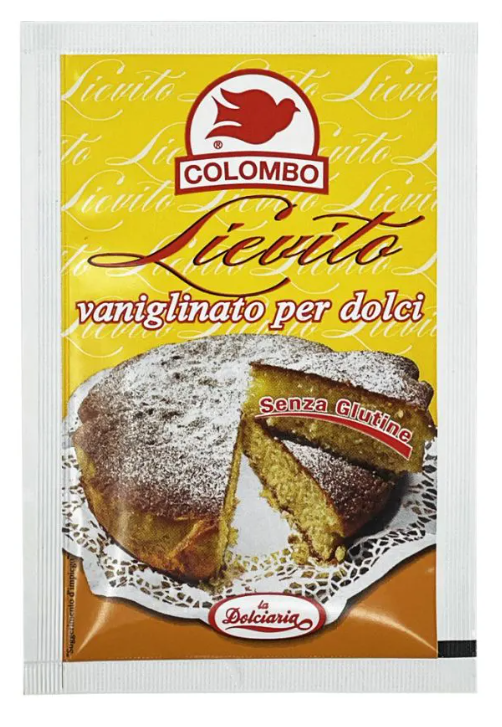
Yeast with vanilla taste for sweets gluten-free
Ingredients for Gluten-free Baking
Several people are turning to gluten free flours as an alternative to regular ones. But with different types of flours on the market, it can take time to know which one suits you.
This article will discuss the most popular types of gluten free flour. We'll also give tips on choosing the suitable one. Whether you're just starting gluten-free baking or looking for a new recipe to add to your repertoire, read on for all the necessary information.
How are gluten-free baking ingredients produced?
Gluten-free baking ingredients are made by using products that don’t contain gluten. Such ingredients include flours like buckwheat, amaranth, corn, teff, sorghum, and rice flours. The baking soda is produced from mineralized sodium bicarbonate, which is gluten-free.
What types of flour are gluten-free?
There are a variety of gluten-free flours on the market, each with unique properties and uses. Here are some of the most common gf flour. Some are better for baking, while others are ideal for thickening sauces or making batters.
Rice
It's light, absorbs flavors, and can be used in both sweet and savory recipes. Also, it’s a good choice for batters, breading, and thickening sauces. Because of its delicate taste, rice won't overshadow your baked items.
Tapioca
It helps create a light, fluffy texture in baked goods. Tapioca is a fantastic option for bread, pizza crusts, and pasta because of its high carbohydrate content and mild taste. Starch is a wonderful option for folks who need to control their carbohydrate consumption since it is also strong in fiber.
Almond
It has a moderate taste and a high protein content since it is produced from blanched, powdered almond seeds. It has minerals like magnesium, calcium, potassium, and vitamin E. It’s used to bake and is a great alternative to breadcrumbs.
Sorghum
Made from sorghum cereal grain, it has a lighter texture and color with a mild sweet flavor. It’s a great source of protein as well as fiber.
Potato starch
It's very light plus absorbent, making it a good choice for baking goods like cakes and cookies. Potato starch also has a high starch content, which makes it ideal for thickening sauces and gravies.
Amaranth
Amaranth is a pseudocereal. Have an earthy nutty flavor and can overshadow other ingredients. Great at making pie crusts, bread and tortillas. Additionally, they are high in protein, fiber, and minerals, including magnesium and manganese.
Buckwheat
Although the name contains wheat, it doesn’t contain any wheat. It is also pseudocereal with a rich earthy flavor. Making yeast bread is its finest use. Buckwheat is rich in vitamin B, folate, iron, and magnesium. It can be used as a gluten free all purpose flour mix.
How are gluten-free baking ingredients produced?
Not all gluten-free baking ingredients are created equally. Each is different and equally serves another purpose. The ingredients you use will depend on whatever you are trying to make. For instance, Bisquick gluten-free mix ingredients will differ from regular ones.
Examples of elements you can use include:
Sprinkles;
baking powder;
Spices like cinnamon;
Milk powder;
Flours like teff, buckwheat, corn, sorghum, rice, almond, and coconut flour;
Starch like arrowroot or potato;
What can you bake with gluten-free flour?
Removing gluten from your cooking arsenal does not reduce the number of things to bake. It’s the perfect moment to be creative as you can make anything from gluten-free flour for bread and then purchase Gluten free flour mix for cakes.
First, you must know that gluten-free flour recipes work differently from traditional ones to achieve the perfect texture or flavor. Add binders to ensure the baked good isn’t crumbly, grain, or dense. Bake anything like cupcakes, brownies, muffins, cookies, donuts, biscuits, or bread.
How does it work to order and deliver gluten-free baking ingredients from our shop?
Go to our gluten-free online store. Search for everything you want as you add them to your cart. Add the number of each ingredient needed. Check out your details. Wait for the order to be reviewed before they are sent to your preferred location.
Wrap-up
The article discusses several experiments you may do using naturally gluten free flour. Keep in mind that every flour has a different set of properties. Do some additional research to figure out how to best use them in your baking. Happy baking!












